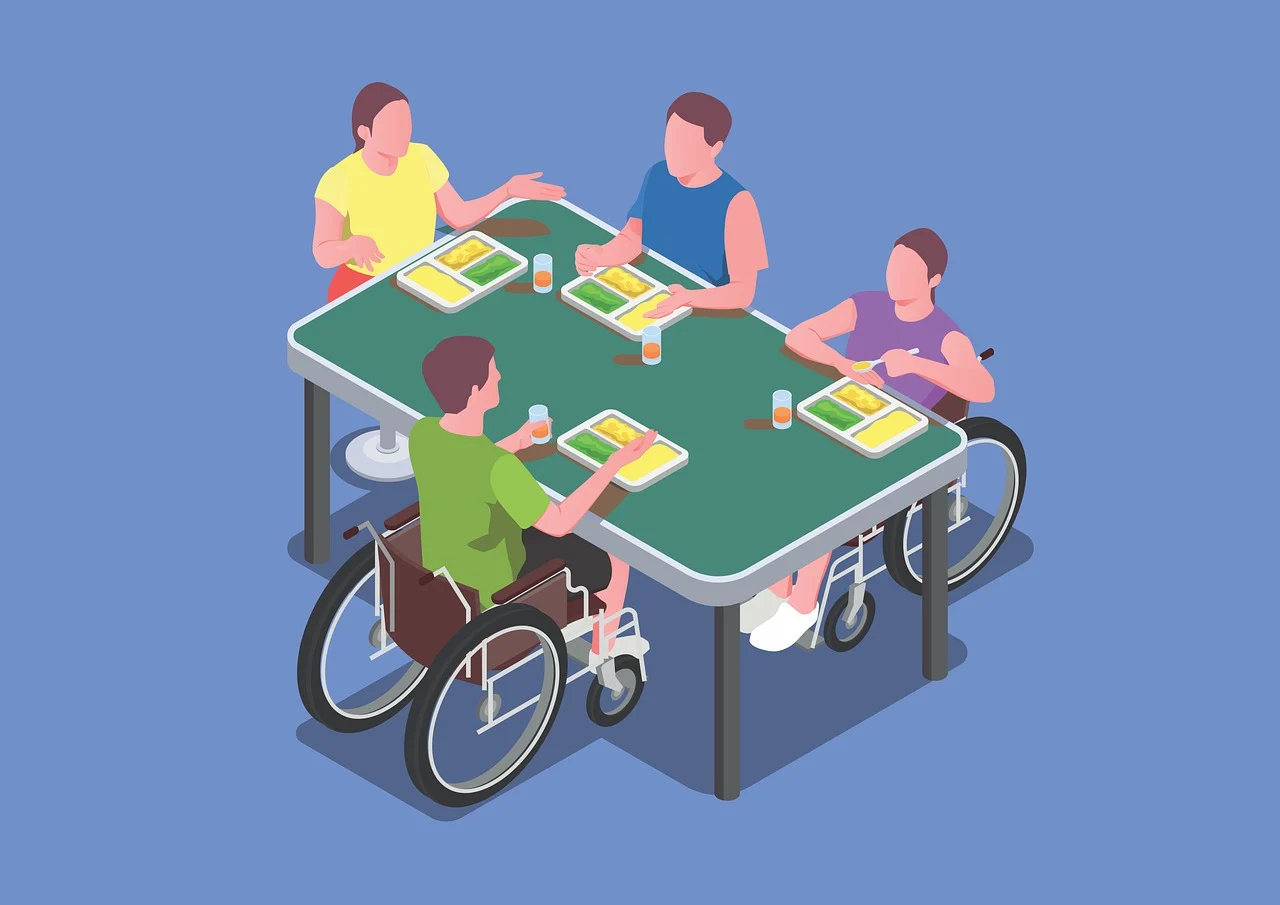Book Appointment Now

Adapting the Cultural Competence Model to Evidence-Based Practice in Modern Healthcare
Cultural competence has become an essential component of healthcare delivery, especially in diverse and globalized societies. The Cultural Competence Model, developed by Larry Purnell, offers a structured framework for understanding and addressing cultural differences in healthcare. In the context of Evidence-Based Practice (EBP), integrating cultural competence ensures that interventions are not only scientifically sound but also tailored to the cultural needs, beliefs, and values of patients. This essay explores how the Cultural Competence Model can be adapted to EBP, addressing challenges and opportunities in delivering equitable and effective healthcare.
Get a custom paper help about cultural competence model and EBP
Order Custom Nursing Paper
Understanding the Cultural Competence Model
The Cultural Competence Model, as outlined by Purnell, is a framework that highlights 12 cultural domains influencing healthcare delivery. These domains include communication, family roles, healthcare practices, spirituality, and nutrition, among others (Purnell, 2005). The model emphasizes the importance of healthcare providers understanding these cultural dimensions to provide personalized and respectful care.
Cultural competence involves four key principles: awareness, knowledge, skill, and encounters. Awareness focuses on self-reflection, where practitioners recognize their biases and assumptions. Knowledge refers to understanding different cultural beliefs and practices. Skills involve applying this knowledge in patient interactions, while encounters encourage ongoing learning through direct engagement with diverse populations (Jeffreys, 2016). These principles align with the goals of EBP, which seeks to integrate the best available evidence with clinical expertise and patient preferences.
Integrating Cultural Competence into Evidence-Based Practice
In EBP, interventions are often derived from studies conducted in homogenous populations, leading to potential gaps in applicability across different cultural groups. Incorporating the Cultural Competence Model addresses these gaps by ensuring that evidence-based interventions are adapted to the unique cultural contexts of patients.
1. Enhancing Patient-Centered Care
Patient-centered care is a cornerstone of EBP, requiring providers to consider patients’ values, preferences, and cultural beliefs. The Cultural Competence Model enhances this by systematically identifying cultural factors that influence health behaviors. For example, in managing diabetes, cultural dietary preferences may affect adherence to nutritional recommendations. A culturally competent provider recognizes these preferences and collaborates with the patient to develop a personalized, evidence-based meal plan (Truong et al., 2014).
2. Addressing Health Disparities
Health disparities often arise from a lack of culturally competent care. By integrating cultural competence into EBP, providers can design interventions that address social determinants of health and reduce disparities. For instance, culturally adapted smoking cessation programs that consider language barriers and community norms have been shown to improve quit rates among minority populations (Resnicow et al., 2012).
3. Improving Communication and Trust
Effective communication is vital for implementing EBP, as patients must understand and agree to recommended interventions. The Cultural Competence Model emphasizes the importance of understanding patients’ communication styles, including nonverbal cues and language preferences. For example, in a study of Hispanic patients with hypertension, bilingual education materials and culturally appropriate health coaches improved adherence to treatment guidelines (Simmons et al., 2015).
Overcoming Barriers to Cultural Competence in EBP
Despite its importance, integrating cultural competence into EBP presents several challenges. One significant barrier is the limited representation of diverse populations in clinical research. Most evidence used in EBP is derived from studies conducted in Western contexts, which may not account for cultural variations in health behaviors and outcomes (Jeffreys, 2016).
Additionally, healthcare providers may lack training in cultural competence, leading to unintentional biases in care delivery. Addressing this requires integrating cultural competence education into medical and nursing curricula, with an emphasis on applying EBP principles to diverse populations. For example, training programs that include case studies of culturally specific health practices can enhance providers’ ability to tailor interventions appropriately.
Resource limitations, particularly in low-income settings, can also hinder the implementation of culturally competent EBP. These challenges underscore the need for systemic changes, such as policies that incentivize culturally tailored research and practice.
Applications of the Cultural Competence Model in EBP
The integration of the Cultural Competence Model into EBP has been successfully demonstrated in various healthcare contexts. Below are examples illustrating its application:
1. Maternal and Child Health
In maternal health programs, cultural competence ensures that evidence-based interventions align with cultural norms around childbirth and parenting. For instance, in Indigenous communities, incorporating traditional birthing practices into hospital settings has improved maternal satisfaction and outcomes (Kildea et al., 2018).
2. Chronic Disease Management
Culturally tailored interventions for managing chronic conditions, such as diabetes and hypertension, have demonstrated better outcomes than standard approaches. A study among African American patients found that faith-based health education programs incorporating spiritual beliefs improved adherence to evidence-based lifestyle changes (Newlin et al., 2012).
3. Mental Health
In mental health care, cultural competence addresses stigma and barriers to seeking treatment. For example, culturally adapted cognitive-behavioral therapy (CBT) for Asian American patients integrates cultural values of collectivism and filial piety, enhancing engagement and effectiveness (Hwang et al., 2016).
The Role of Technology in Promoting Cultural Competence
Digital health technologies offer new opportunities for integrating cultural competence into EBP. Mobile health (mHealth) applications and telehealth platforms can provide culturally tailored education, reminders, and support to diverse populations. For instance, apps designed for medication adherence can include language options, culturally relevant imagery, and customizable features to reflect patients’ beliefs and preferences.
Artificial intelligence (AI) further enhances cultural competence by analyzing large datasets to identify cultural patterns and predict patient preferences. AI-driven tools can help providers recommend evidence-based interventions that align with cultural contexts, improving both patient satisfaction and outcomes (Topol, 2019).
Future Directions
As healthcare becomes increasingly globalized, the integration of the Cultural Competence Model into EBP will require continuous innovation. Future efforts should focus on expanding research to include diverse populations, fostering interdisciplinary collaboration, and leveraging technology to bridge cultural gaps. Policymakers and healthcare organizations must prioritize cultural competence as a key component of quality care, ensuring that EBP serves all populations equitably.
Conclusion
The Cultural Competence Model offers a vital framework for addressing cultural diversity in evidence-based practice. By integrating cultural awareness, knowledge, and skills into the EBP process, healthcare providers can deliver interventions that are not only effective but also respectful and personalized. This alignment enhances patient-centered care, reduces health disparities, and builds trust between providers and patients. As the healthcare landscape evolves, embracing cultural competence in EBP will be critical for promoting equity, improving outcomes, and fostering a truly inclusive healthcare system.
References
- Jeffreys, M. R. (2016). Teaching Cultural Competence in Nursing and Health Care: Inquiry, Action, and Innovation (3rd ed.). Springer Publishing Company.
- Kildea, S., Lockey, R., Roberts, J., & Kruske, S. (2018). Supporting birthing on country: The role of cultural competence in Indigenous maternal care. Women and Birth, 31(5), 362-370. https://doi.org/10.1016/j.wombi.2017.11.014
- Newlin, K., Dyess, S. M., Allard, E., Chase, S., & Melkus, G. D. E. (2012). A methodological review of faith-based health promotion literature: Advancing the science to expand delivery of diabetes education to African Americans. Journal of Health Care for the Poor and Underserved, 23(1), 108-123. https://doi.org/10.1353/hpu.2012.0013
- Purnell, L. (2005). The Purnell model for cultural competence. Journal of Transcultural Nursing, 16(4), 277-284. https://doi.org/10.1177/1043659605278938
- Resnicow, K., Baranowski, T., Ahluwalia, J. S., & Braithwaite, R. L. (2012). Cultural sensitivity in public health: Defined and demystified. Ethnicity & Disease, 9(1), 10-21.
- Simmons, L. A., Wolever, R. Q., Bechard, E. M., & Snyderman, R. (2015). Patient engagement as a risk factor in personalized health care: A systematic review of the literature on chronic disease management. Health Affairs, 34(10), 1808-1815. https://doi.org/10.1377/hlthaff.2015.0444
- Topol, E. (2019). Deep Medicine: How Artificial Intelligence Can Make Healthcare Human Again. Basic Books.







